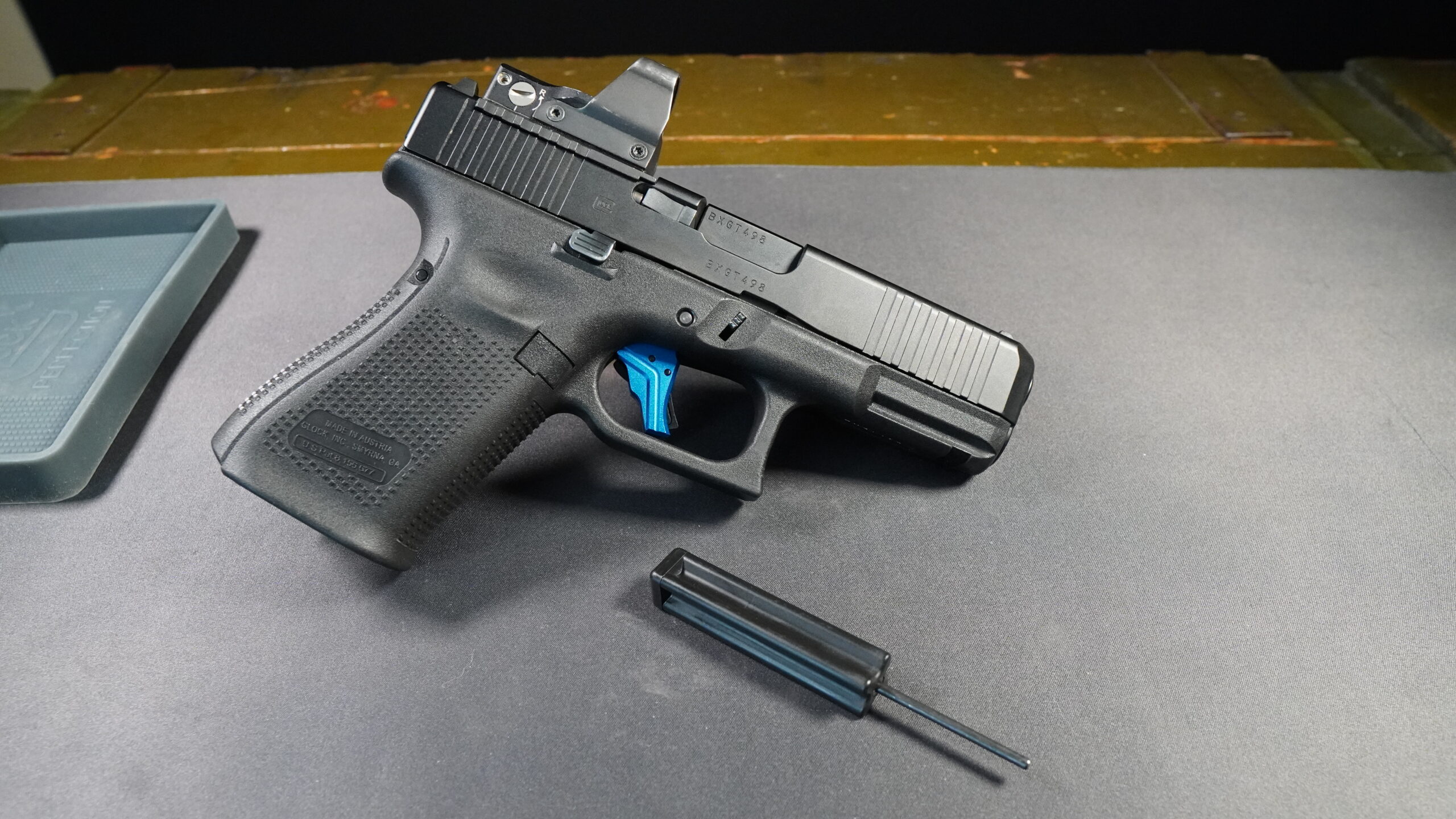Whether you are an amateur or professional shooter, the components of your optic play an integral aspect in achieving the highest quality results. A thorough understanding of the components can aid in ensuring that you have the equipment to perform optimally with each shot.

Optic Parts: Understanding their Value in shooting Sports
It is essential to have a reliable and accurate firearm when you shoot sports like hunting, competitive shooting or just playing at a range. Optic components are a crucial element in accuracy and precision. But they are frequently neglected. Optic parts are also referred to as sights and can be attached to firearms to increase precision and effectiveness. In this post, we’ll explore the significance of optic parts and the ways they can improve your shooting abilities.
What are Optic Parts?
Optic parts allow shooters to aim their guns better. Optic parts come in many varieties, such as iron sights, red dots, holographic sight, magnified scopes, and holographic sight. Each kind of optic component has its own distinct features and benefits and the kind of optic part you choose will be based on your particular shooting requirements and preferences.
Iron sights are by far the most straightforward kind and are most often found in traditional firearms. They consist of a front sight post and a rear sight notch and the shooter aligns the two to aim at the goal. Red dot sights make use of tiny LEDs to produce a reticle that appears as dots in the eye. This site is popular because of its speed and simplicity of use. Holographic sights make use of a laser to create an illuminating reticle that appears like a hologram. They’re frequently used in tactical and military applications. The magnified scopes are outfitted with lenses that magnify the target in order to allow you to shoot at distances of a long distance.
Optic Parts: Why are their important?
Optic parts are vital as they allow shooters to achieve greater accuracy and efficiency. Optic parts are able to help shooters to aim better, particularly at long ranges. Optic parts also offer faster target acquisition, allowing shooters to aim quickly and precisely. Optic parts also enhance the ability of shooters to be precise in low-light situations which is why they are essential in hunter or tactical scenarios.
Selecting the Best Optic Parts
It is essential to select the most appropriate optic components for your shooting capabilities. When choosing an optic piece there are several aspects to consider, such as the shooting needs budget, as well as the type of firearm you want to use. The magnification and reticle are also important.
The magnification of an optic is the quantity of zoom that it gives. Magnified scopes are generally used for long-range shooting due to the fact that they allow shooters to focus on targets that are hundreds of miles away. But, magnified scopes might not be suitable for close-range shooting. Tactical shooters love red dot and holographic sights for their ability to quickly identify targets and close-range shooting.
It is crucial to think about the type of reticle while choosing the optics component. Different types of reticles are appropriate for various shooting scenarios. For example, a simple crosshair reticle is ideal to shoot at targets, while one with a BDC (bullet drop compensating) is suitable for long-range shooting.
Maintaining your Optic Parts
It is essential to properly maintain your optics parts after you have selected them. Proper maintenance will ensure your optic parts are reliable for many years. The most basic maintenance tasks are cleaning the lenses, checking the zero, and taking care to properly store your optic parts during times of no use.
Cleaning the lenses is vital for ensuring that your optic components provide a sharp and precise image. Make use of a microfiber towel and the solution for cleaning your lenses to clean your lenses. Avoid using paper towels or rough substances that could scratch lenses.
It is possible to check the position of zero on your optic parts to ensure that they’re still in the correct alignment. As time passes, recoil and other causes can cause optics parts to misalign. You can check the zero by taking a handful of shots at the target. Then adjust the optic parts as required.
For more details, click Red Dot
